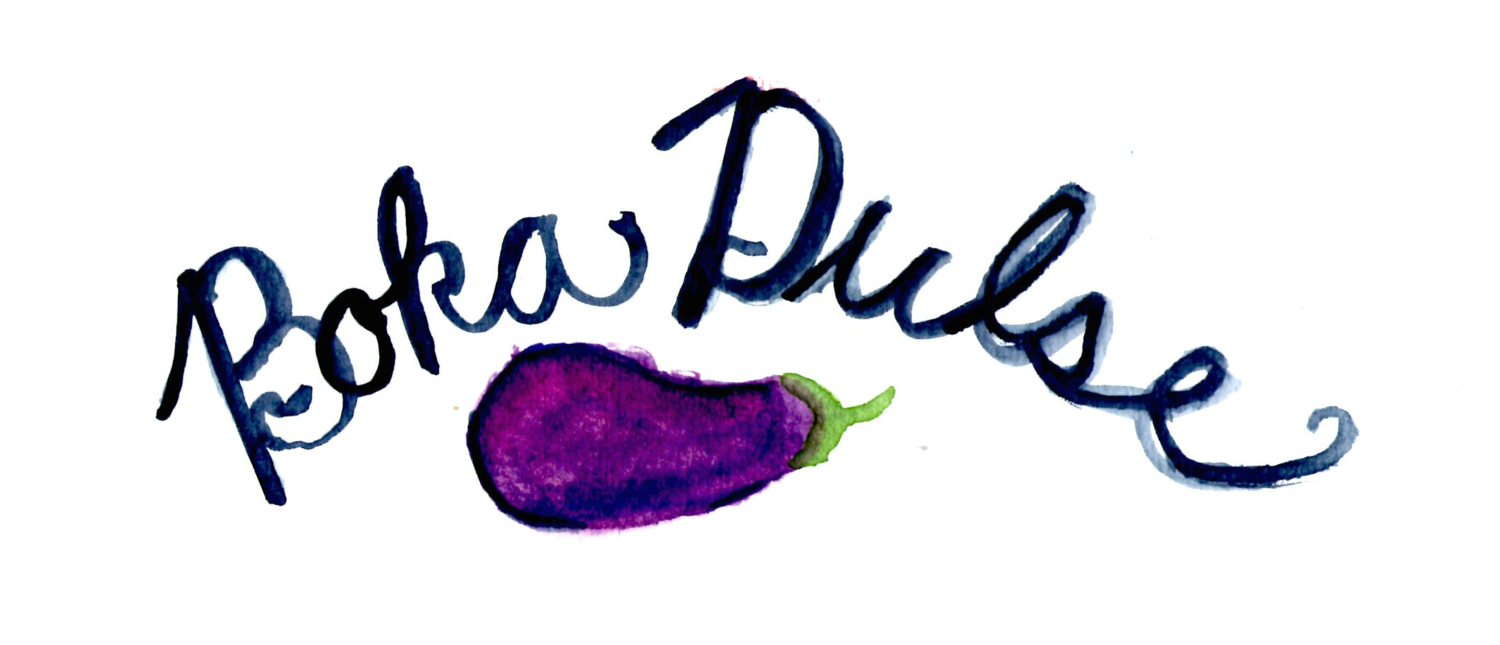After a last-minute change of events, today I ended up taking a visit to the Palácio Pimenta at the Museu de Lisboa. I learned about this museum on the suggestion of a fellow Ladino avlante i amante (the name of my weekly Ladino group) and friend (thanks again, Torin!). I don’t know exactly what I was expecting, but what I ended up seeing was a material narrative of the evolution of diningware in Lisbon. And, as you all know I am a nerd about all things history and food, it was sooooooo cool! I definitely had what might be considered too much fun, geeking out and giggling to myself while creating captions for the scenes on some of the tiles.
According to the website, the Museu de Lisboa was a result of a bringing-together of five locations that were relevant to Lisbon’s history, in order to “reveal Lisbon in different ways, to give the opportunity to know the richness of one of the oldest cities in Europe” (my translation). Not to put too fine a point on it, the museum really did just that – especially when it came to understanding Lisbon specifically through the serving-ware, flatware, and food-related ceramics that have characterized Lisbon’s eating history. Starting in the Roman period, when Lisbon was called “Olisipo,” according to the Odyssey, I saw amphorae (ceramic pitchers with a pointed bottom) for wine as well as fish and even a decorative glass spoon. Into the Islamic period, there were elongated jugs for olive oil, decorative glazeware bowls, and even a teapot – one of my favorite things I saw. From there, the museum included a brief mention of the history of the Jewish community of Lisbon, even including a map of the old big judiaria (Jewish quarter) there, but my main critique of this museum is that there was very little space dedicated to this historic community. In some ways, I was not surprised about this, because unfortunately we don’t much in the way of physical proof of the Jewish community as much of it was destroyed after expulsion and what was left was most likely decimated by the earthquake and fire that profoundly changed the face of Lisbon in 1755. But still, it would have been nice to have seen more than a singular video tower projecting a video dedicated to this important history. Not a surprising take from me, I know, but I’ll appreciate your indulgence of my favorite subject :0)
An amphora for fish — probably to make garum (a fermented fish paste that was used frequently in ancient Roman cooking).
A glazed ware bowl from the Muslim period.
A piece of a decorated spoon made from glass.
A beautiful bowl with 12 compartments from the 18th century.
One of the images included in the brief but informative video on the medieval Jewish community of Lisbon.
I will say, however, that the museum did succeed in giving a meaningful glimpse into the role that enslaved people in the history of Lisbon, especially as its related to material history. I learned that Portugal traded and shipped 13 million enslaved Africans to itself as well as its colonies – and on such a profound level it was the work of these people that gave shape to the culture of food in Portugal for hundreds of years by porting, preparing, selling, and generally being connected to food at every level of its life cycle. So often it is through food where the lasting legacy of those often forgotten in – or purposefully erased from – more “official” documents can be seen, not to mention the critical work of Black scholars and cooks such as Edna Lewis, Psyche Williams-Forson, and Michael Twitty that has given shape to and continues to profoundly influence the Food Studies field (ps - I highly recommend checking out Psyche Williams-Forson’s new book, Eating While Black that just came out from UNC Press). I appreciated that the museum offered a glimpse into this important piece of culinary history and that of the country of Portugal.
This amazing lady in the kitchen replica, scaling fish.
Towards the end of museum’s structured path, there was the piece de resistance: a full replica 18th century kitchen, renovated to include a surrounding of beautiful blue-and-white Baroque and kitchen-themed azulejos. It was like the star-studded finale of a show – just fabulous. And naturally, I topped it all off with an appropriately sweet Portuguese treat: a pastel de nata and a coffee at the Confeitaria Nacional. (The plates obviously inspired me, ha!) I’ve included some pictures so you can nerd out with me – feel free to let me know if any piece speaks to you in the comments below! I’m off to Évora for the day tomorrow and looking forward to sharing what I find there!
Pots and pans hanging in the kitchen replica.
Pastel de nata and coffee — the ideal sweet finish to any day of research!








